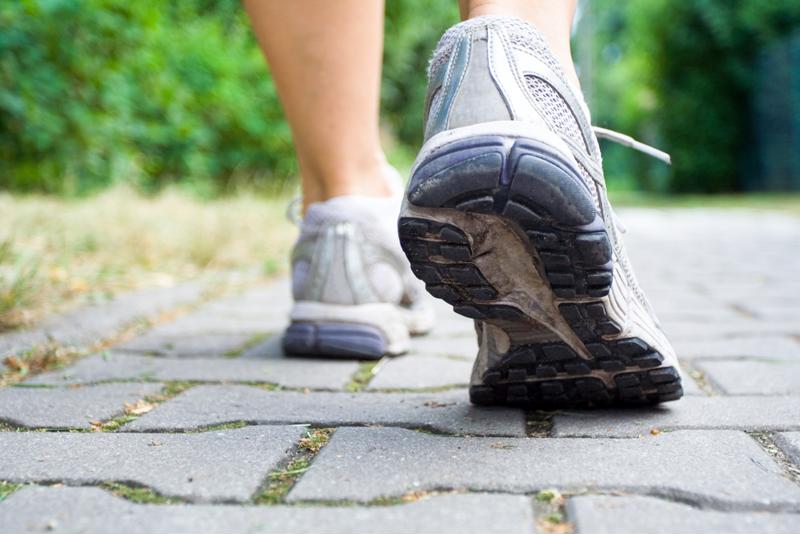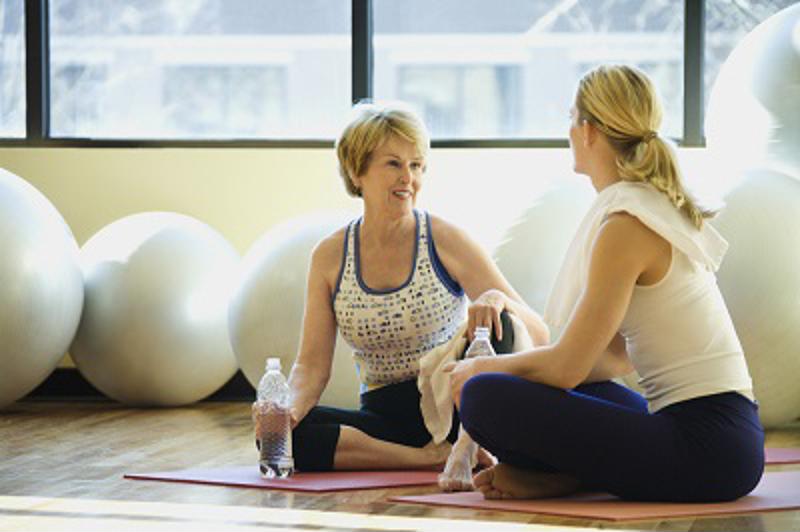Working out is one of the most important steps for good heart health. The heart is a muscle, and just like any other muscle in your body, it needs exercise to continue working well. That's why you need to do regular aerobic activity. Getting your pulse up a bit for at least 30 minutes a day will help you maintain a healthy weight and keep your heart in good condition. Exercising can also improve your overall well-being and reduce your risk factors for disease, which can potentially lower the cost of your medical health insurance. The secret to starting and sticking to a workout routine? Finding something you enjoy. Here are five workouts you can try to see what works best for you:
1. Walking and jogging
Going for a walk is one form of cardio that comes naturally to most people. It's relatively low-intensity, and it's easy to ramp up the difficulty by increasing the length and pace of your walks. Start by trying a quick stroll around your block. If the weather isn't cooperating, you might also be able to go on a walk in a local mall or fitness center. When your walk starts feeling easy, try to go longer or walk a little faster.
 Even short regular walks can improve your health.
Even short regular walks can improve your health.
If you're comfortable trying something a little more intense, you can even build up to jogging. Remember to slowly ramp up the intensity - start with a 10 minute walk to warm up, then try lightly jogging for three to five minutes at a time. You'll be running with the best of them before you know it!
2. Water aerobics
As great as walking is, it can be rough on your joints. This can make it a difficult starter exercise for anyone with arthritis or other kinds of joint problem. If you're worried about the impact on your body, consider something like water aerobics. Water holds some of your weight, so you're putting dramatically less pressure on your body when you're in a swimming pool. Whether you're swimming laps, treading water or participating in a guided water aerobics class, you'll be able to get in a good workout without fear of exacerbating existing issues.
3. Chair fitness
Chair fitness is another great way to work out without putting too much strain on your lower body. Chair fitness routines are basically what they sound like - exercises you can do in a seated position. Usually they include both aerobic activity and strength training, and they use mainly upper body movements to raise your heart rate. The great thing about these is they can be done from the comfort of your own home - all you need is a suitable chair!
4. Group classes
Group classes work well for a lot of people, particularly those who feel like they may need a bit of guidance. If you're new to working out, going to a group class and exercising under the eye of a trained instructor can make you more comfortable trying new things. It can also reduce your chance of injury, as your instructor may be able to catch bad form or overexertion before you do. Finally, group classes give you a chance to work out with other people - that touch of social pressure is all some people need to stick with their exercise plans for good.
 Exercising with other people can encourage you to keep at it.
Exercising with other people can encourage you to keep at it.
5. Cycling
Whether you're cycling indoors or out, hopping on a bike raises your heart rate and gets your legs moving. Because pedaling is a fluid motion, your joints won't have to deal with any sudden stops or starts. If you're working out indoors, you can increase speed or resistance to up your intensity. Riding your bike around the neighborhood or on a local trail? Try to up your distance or speed with time so you're building strength and endurance while you ride.
Safety Tips
- Talk to your doctor before beginning any new exercise routine. He or she should be able to help you build a routine that allows you to gradually build strength and endurance.
- Listen to your body. If you're feeling fatigue, soreness or consistent pain, that may be a sign you're overexerting yourself. Take it easy to avoid injury.
- You don't have to go all at once. If 30 minutes of cardio a day is too much, it's OK to do three 10-minute cycles instead.